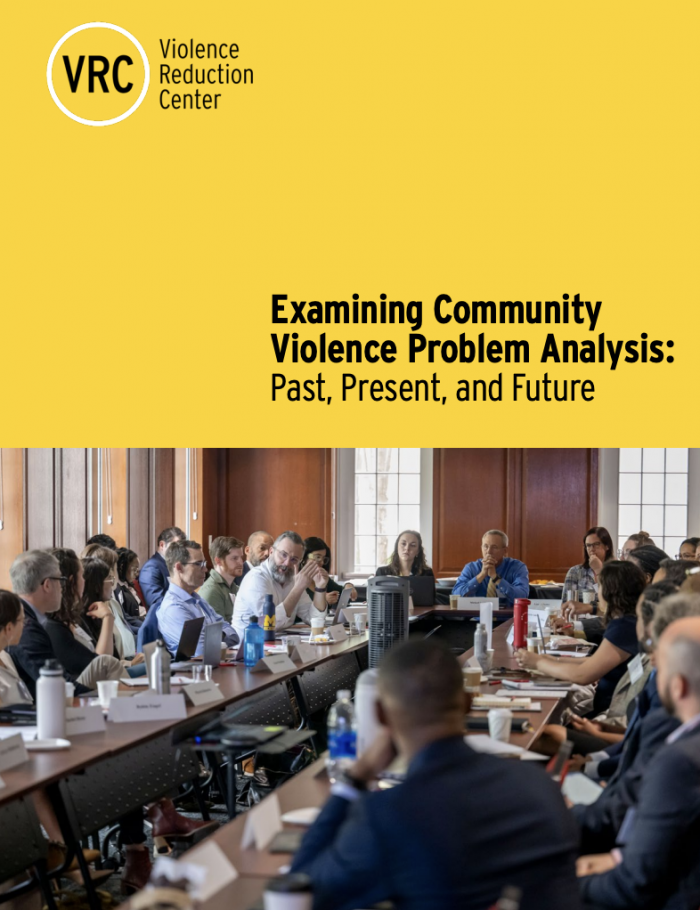Violence Reduction Center Seeks to Scale ‘Invaluable’ Violence Reduction Tool
Paper presents solutions to current complaints about community violence problem analyses
The University of Maryland’s Violence Reduction Center (VRC) is offering solutions to an issue recently raised by experts concerning a critical violence-fighting tool known as community violence problem analyses (CVPA).
The solutions—found in the center’s newly published white paper, “Examining Community Violence Problem Analysis: Past, Present and Future”—specifically respond to feedback about CVPAs that was collected at a symposium of more than 30 stakeholders from community-based violence intervention organizations, government, and academia that the VRC held earlier this year, with support from the Everytown for Gun Safety Support Fund and the Joyce Foundation.
“Community violence problem analysis is a key first step for implementing effective approaches for community violence,” Thomas Abt, VRC Director and associate research professor in the Department of Criminology and Criminal Justice, said during a webinar about the white paper. “However, despite the obvious value of these analyses, few jurisdictions use this analysis to inform their efforts.”
CVPAs tend to center on serious incidents of community violence, like homicides and nonfatal shootings, then put that data in context with state and national averages. From there, they can take an incident-, people-, or place-based approach to finding potential solutions; either doing a deep dive into the acts of violence themselves, into factors like the individuals’ social networks and criminal history, or identifying whether geographic information, including whether location and certain kinds of terrain are aligned with crime patterns.
According to the experts, jurisdictions often don’t use CVPAs because it can be challenging to acquire high-quality and study-worthy data from law enforcement; because some CVPAs have been used to support aggressive law enforcement actions that weren’t effective in reducing community violence; and because CVPA solutions aren’t always connected to broader anti-violence approaches, limiting the impact of their ultimate success.
The VRC’s recommendations focus on addressing those challenges by calling for increased funding for both local entities and leaders in CVPA—with guidelines on accuracy, transparency and shareability to prevent potential misuse, encourage participation, and enable CVPA experts to train others—and for CVPA efforts to be integrated into area’s broader anti-violence strategies.
“My hope is that, in a few years, we’ll see many more jurisdictions using high-quality problem analysis to inform their anti-violence efforts,” said Abt. “To address violence and save lives, we first need to understand where and among whom it concentrates, and why.”
Read “Examining Community Violence Problem Analysis: Past, Present and Future”
Published on Tue, Oct 15, 2024 - 2:39PM




